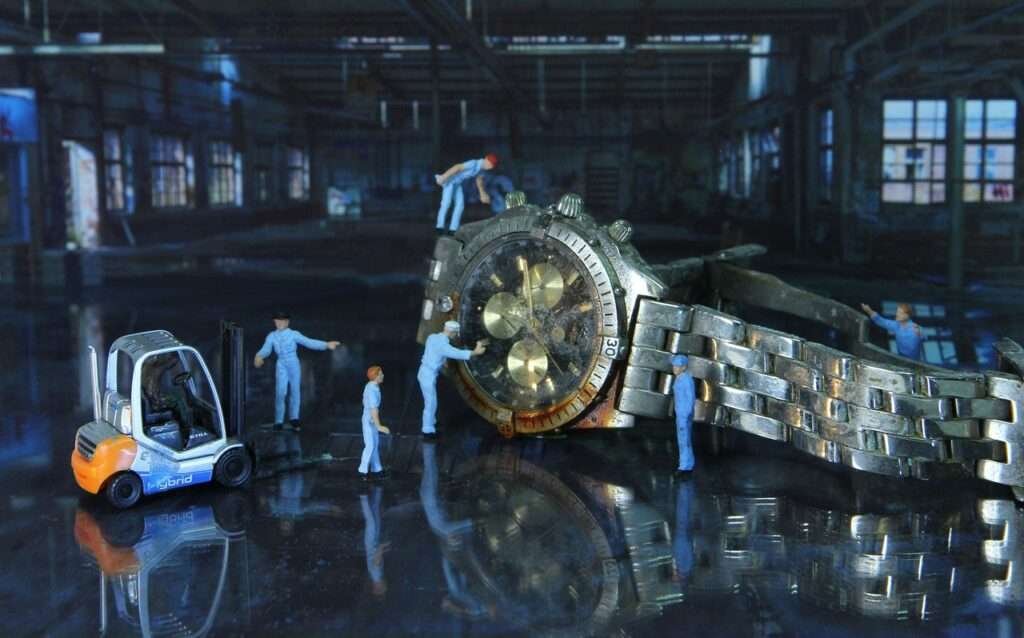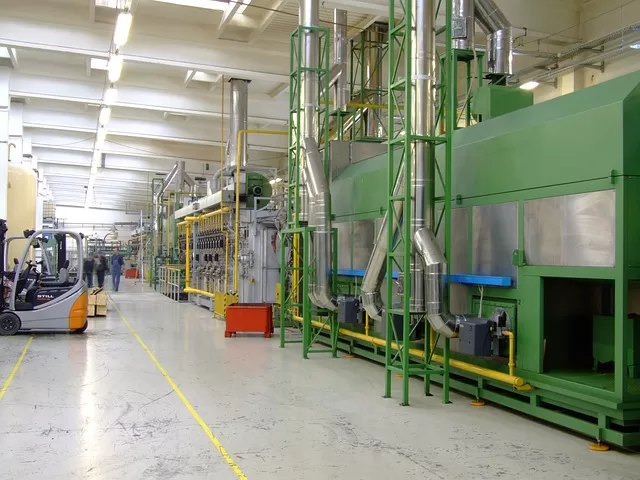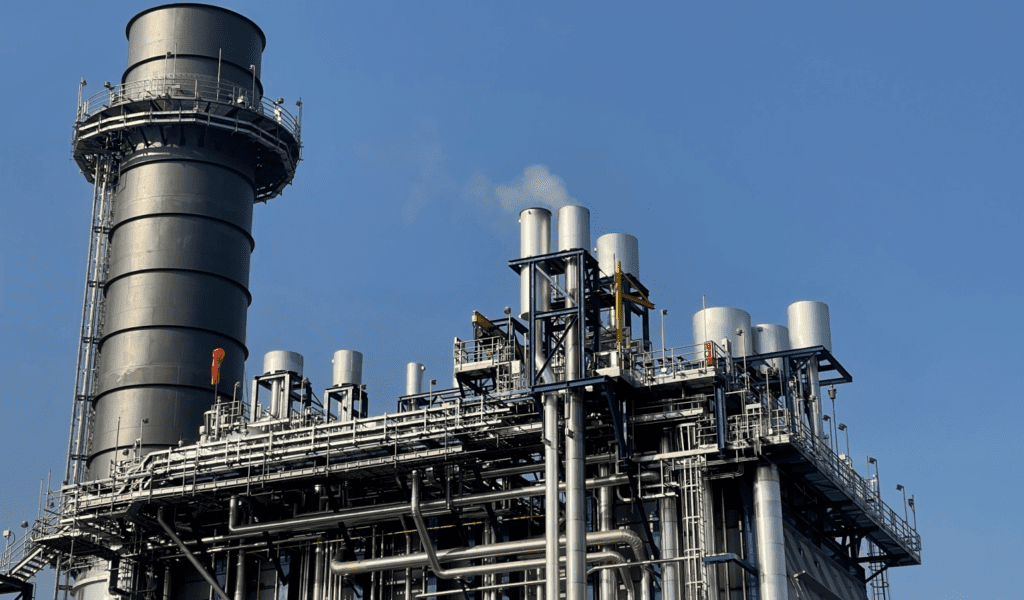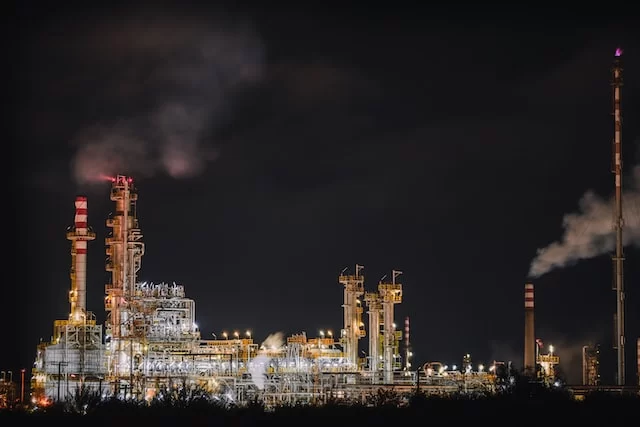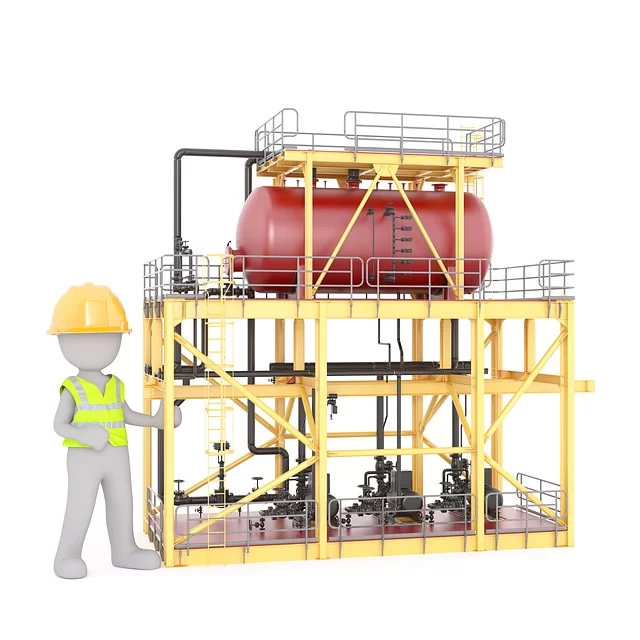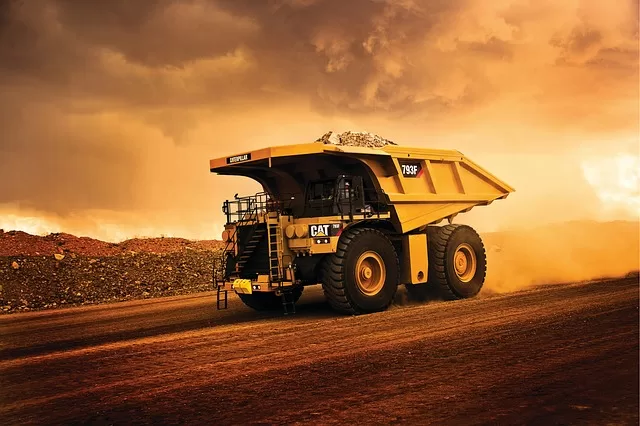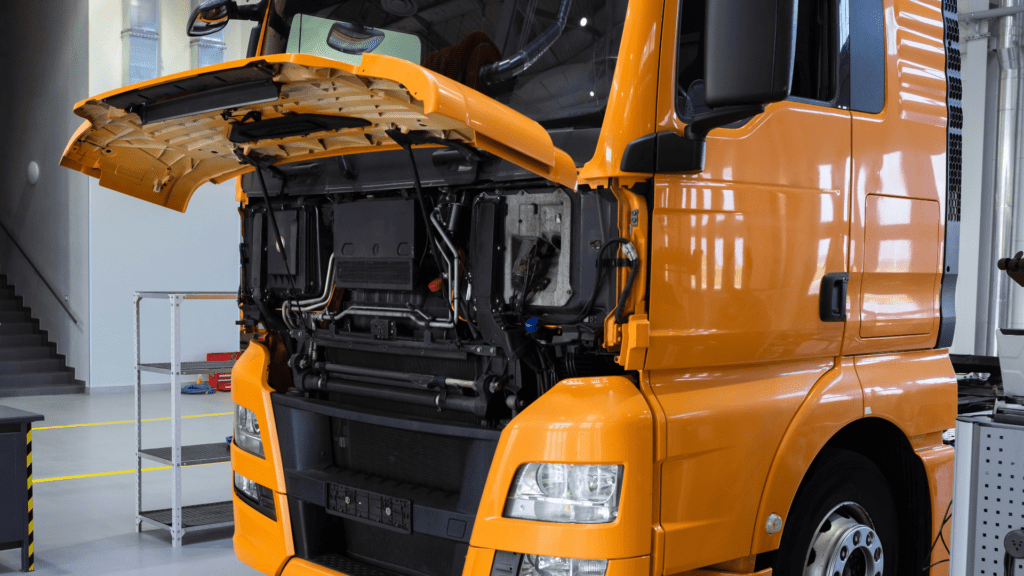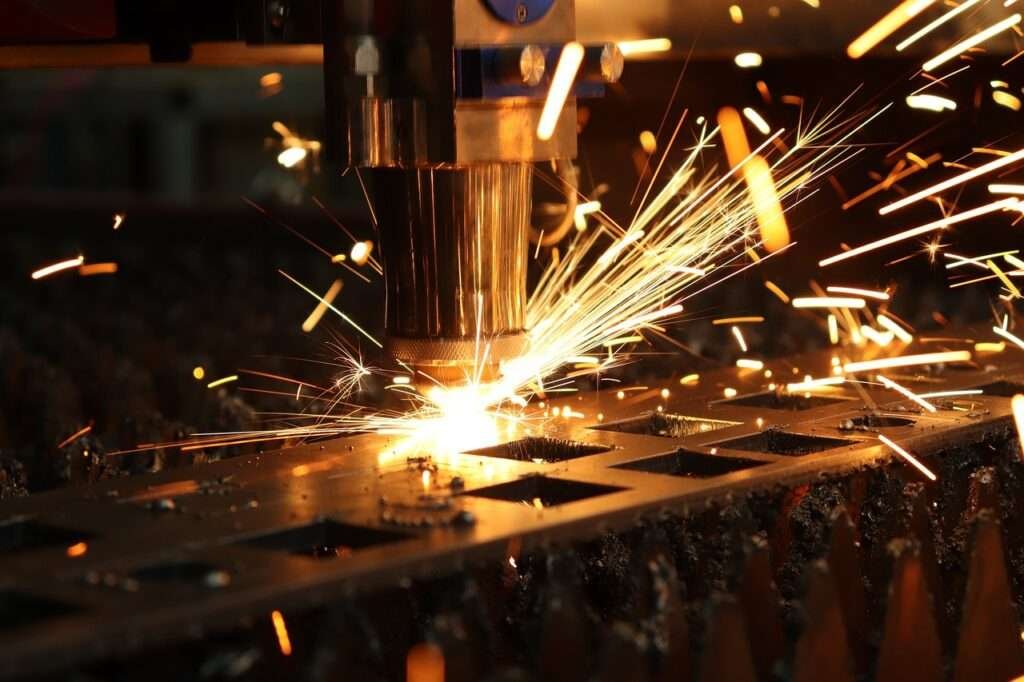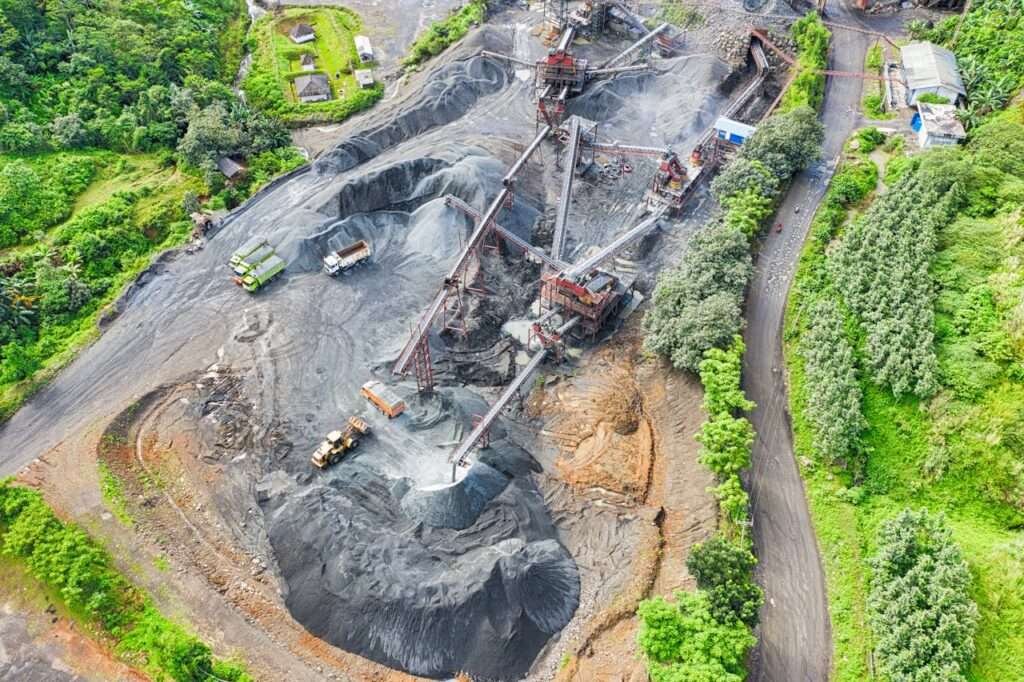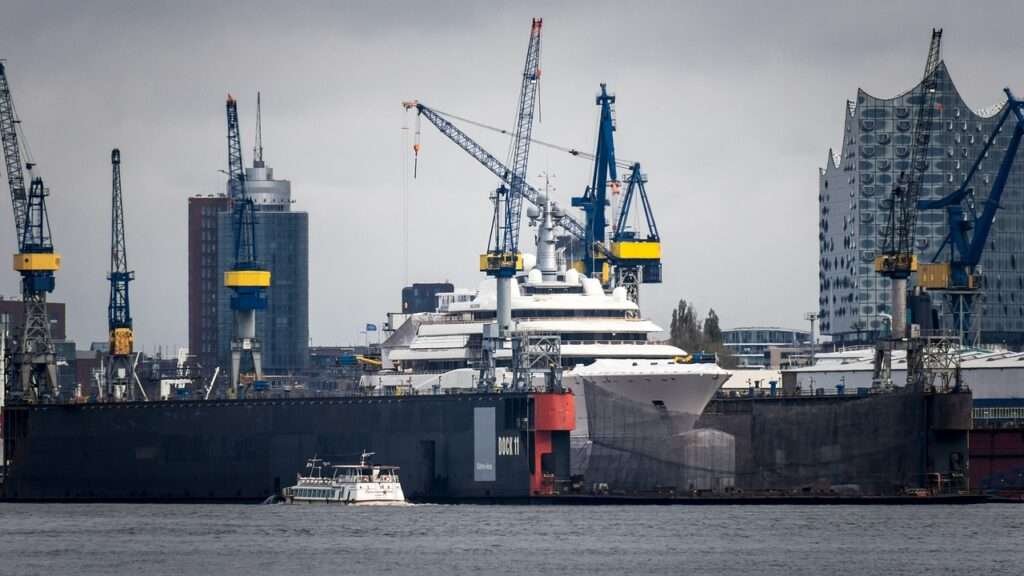The Importance of a Safety and Maintenance Interconnection.
When it comes to heavy
industrial workplaces, such as refineries, smelters, minerals processing
plants, crushing plants, coal handling preparation plants, working on heavy
earthmoving machinery, and power stations, safety and maintenance go hand in
hand.
These work environments
are inherently hazardous, and ensuring the safety of workers and the integrity
of equipment is of paramount importance.
We might not ever
be able to get rid of all of the risks from our place of work but we sure can effectively
manage any risk we identify.
The Role of Maintenance in Enhancing Safety.
The Maintenance function plays a crucial role
in improving safety in industrial workplaces. Well-maintained equipment is less
likely to malfunction or fail, reducing the risk of accidents and injuries.
By conducting
routine inspections, predictive maintenance, servicing, and prompt corrective repairs,
potential hazards can be identified and addressed before they escalate into
major issues.
Quality maintenance also ensures that
equipment operates at optimal efficiency, reducing the likelihood of unexpected
breakdowns or downtime. This not only improves productivity but also minimizes
the chances of accidents caused by equipment failure.
Furthermore, maintenance activities often
involve the implementation of safety measures, such as lockout/tagout
procedures, to ensure the safety of maintenance personnel.
These protocols
help prevent accidental startup or release of hazardous energy, protecting
workers from potential harm.
The Impact of Safety Culture on Maintenance.
A workplace that prioritizes safety fosters a
culture of vigilance and responsibility, which in turn enables better
maintenance practices. When safety is ingrained in the organizational values
and embraced by all employees, it creates an environment where maintenance
activities are carried out diligently and proactively.
Employees who are empowered to report
potential safety hazards or equipment issues without fear of retribution
contribute to the overall maintenance efforts. This open communication allows
problems to be addressed promptly, preventing them from escalating into more
significant safety or maintenance challenges.
Moreover, a strong safety culture promotes
the allocation of adequate resources for maintenance activities. When
management recognizes the importance of safety and maintenance, they are more
likely to invest in regular inspections, training programs, and the necessary
tools and equipment to ensure the ongoing upkeep of critical assets.
Optimizing Safety and Maintenance in Industrial
Workplaces.
To optimize safety and maintenance in
industrial workplaces, organizations can implement the following strategies:
1. Establish a Comprehensive Maintenance Program.
Create a structured maintenance program that
outlines routine inspections, preventive maintenance tasks, and scheduled
repairs. This program should be regularly reviewed and updated to reflect any
changes in equipment, processes, or safety regulations.
2. Provide Adequate Training.
Ensure that all employees, including
maintenance personnel, receive comprehensive training on safety procedures,
equipment operation, and maintenance best practices. Ongoing training and
refresher courses should be provided to keep employees up to date with the
latest safety standards and maintenance techniques.
3. Encourage Reporting and Feedback.
Establish a reporting system that encourages
employees to report safety concerns and equipment issues promptly. Create a
culture where feedback is valued and acted upon, ensuring that potential
hazards are addressed in a timely manner.
4. Foster Collaboration Between Safety and Maintenance
Teams.
Promote collaboration between safety and
maintenance teams to leverage their expertise and insights. Regular meetings
and joint initiatives can help identify areas for improvement, streamline
processes, and enhance overall safety and maintenance practices.
5. Emphasize Continuous Improvement.
Encourage a culture of continuous improvement
by regularly evaluating safety and maintenance processes. Implement feedback
loops, conduct audits, and seek input from employees to identify areas where
safety and maintenance practices can be further enhanced.
By intertwining safety and maintenance in
industrial workplaces, organizations can create a safer and more efficient
working environment. Prioritizing regular maintenance and fostering a strong
safety culture not only protects workers but also ensures the longevity and
reliability of equipment, ultimately contributing to the overall success of the
organization.
CMMS Work Order Safety Checklists.
The Importance of Including a Risk Assessment
Checklist in CMMS Work Orders should not be underestimated.
The Role
of a Risk Assessment on a CMMS Work Order.
CMMS (Computerized Maintenance
Management System) work orders are essential for managing and tracking
maintenance tasks efficiently. They provide detailed instructions for
tradespeople to follow, ensuring that maintenance is carried out effectively.
However, it is crucial to go beyond the basic instructions and consider the
safety aspect of each job. This is where a risk assessment checklist becomes
invaluable.
The Importance of a Risk
Assessment Checklist.
A risk assessment checklist
serves as a quick and easy method to ensure that tradespeople are aware of any
potential hazards associated with the job they are about to undertake. By
including this checklist as the last page of the CMMS work order, organizations
can prioritize safety and minimize the risk of accidents or injuries.
Understanding the Work Order is
Essential.
The first part of the risk
assessment checklist should focus on ensuring that tradespeople fully
understand the work order. This can be achieved by breaking down the job into
main tasks and further dividing those tasks into steps. By doing so,
tradespeople can develop a clear plan to achieve the desired outcome.
Key Checklist Headings.
Let’s explore the key checklist
headings that should be included in a comprehensive risk assessment:
1. Have
I been given the right information?
Ensure that all the necessary
information, such as equipment specifications, safety procedures, and relevant
documentation, is provided.
2. Have
I been provided with a procedure to follow?
Check if a detailed procedure is
outlined in the work order to guide you through the maintenance task.
3. Are
the right tools and equipment identified on the work order, and are they all
available to me?
Verify that the required tools
and equipment are listed on the work order and ensure their availability before
starting the job.
4. Do I
understand the job well enough to ensure the right permits will be raised?
Assess your understanding of the
job to determine if any permits or authorizations are necessary to carry out
the maintenance task safely.
5. Do I
fully understand what People, Processes, or Systems will be affected by
completing this job?
Consider the potential impact of
the maintenance task on people, processes, or systems, and take necessary
precautions to minimize disruptions.
6. Has
safe access to the job location been provided? If not, do I understand what is
required to make the job location safe?
Evaluate if safe access to the
job location has been arranged. If not, identify the measures needed to ensure
a safe working environment.
7. Are
there any chances of nearby operating equipment endangering me while completing
this job?
Identify any potential risks
posed by nearby operating equipment and take appropriate measures to mitigate
them.
8. What
could go wrong with me doing this job?
Consider potential risks and
hazards associated with the maintenance task and develop strategies to prevent
or address them.
9. Is
there a better and safer alternate method for completing this job than what is
written on the work order?
Think critically about the
prescribed method and explore alternatives that may offer better safety
outcomes.
10. Do
I have all the spare parts/materials required to successfully complete this
job?
Ensure that you have all the
necessary spare parts and materials before starting the maintenance task to
avoid delays or compromised safety.
11.
What is the weather forecast? If there is rain forecast, will it affect my
ability to complete this job?
Consider the weather conditions
and their potential impact on the task at hand. Adjust plans accordingly to
ensure safety.
12. Are
there any slip, trip, or fall risks associated with this job? This includes the
path to enter the job location.
Identify any potential slip,
trip, or fall risks and implement measures to prevent accidents, such as
maintaining clear pathways.
13. Is
the area intrinsically safe? Do I need to refrain from doing certain types of
work in this area?
Evaluate the safety of the work
area and determine if any specific precautions or restrictions need to be
considered.
14. Are
there any manual handling concerns with completing this job?
Assess the potential risks
associated with manual handling tasks and implement ergonomic practices to
minimize injuries.
15. Are
there any hydrocarbon or chemicals concerns with doing this job?
Identify any risks related to
hydrocarbons or chemicals and ensure proper handling, storage, and disposal
procedures are followed.
16. Do
I need to put up a hard barricade, danger tape, or hazard tape before starting
this job?
Determine if physical barriers or
warning signs are necessary to protect yourself and others from potential
hazards.
17. Is
the battery in my 2-way radio fully charged? Have I done a radio check with the
control room yet?
Ensure that your communication
equipment is in good working condition to maintain effective communication
throughout the task.
Conclusion.
By including a risk assessment
checklist as the last page of CMMS work orders, organizations can prioritize
the safety of their tradespeople.
This checklist serves as a
valuable tool to identify potential hazards and ensure that appropriate
measures are taken to mitigate risks.
By systematically considering
each checklist heading, tradespeople can approach maintenance tasks with a
heightened awareness of safety, ultimately reducing the likelihood of accidents
or injuries.
Remember, safety should always be
a top priority in maintenance operations, and incorporating a risk assessment
checklist into CMMS work orders is a simple yet effective way to achieve this
goal.

